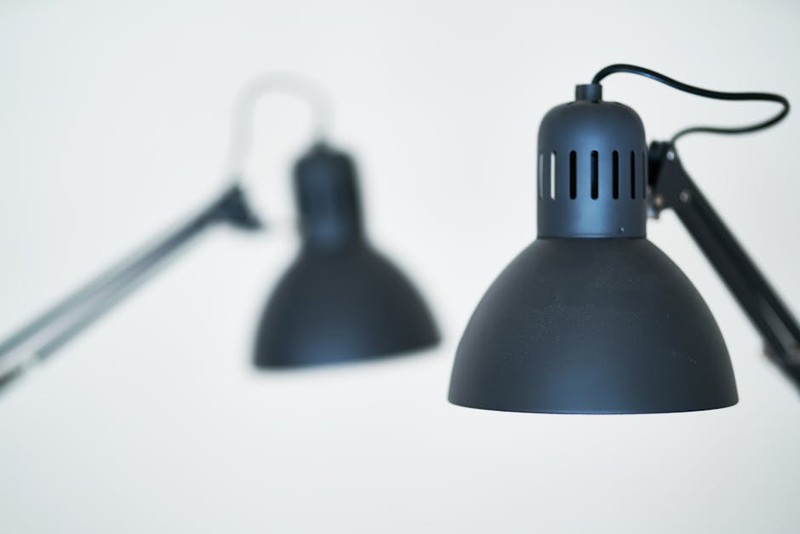The Hidden Challenge: Why Off-the-Shelf Springs Fail in Retail
Retail spaces demand durability, smooth operation, and aesthetic consistency—qualities often compromised by standard floor springs. In my 15 years of hardware consulting, I’ve seen countless projects derailed by generic solutions that ignore three critical factors:
1. Traffic Volume: A busy mall entrance sees 5,000+ daily cycles, while office doors average 500. Off-the-shelf springs wear out 3x faster under such loads.
2. Door Weight Variability: Retail doors range from 80 lbs (glass) to 250 lbs (solid wood). A one-size-fits-all spring can’t adapt.
3. Climate Impact: Temperature swings cause metal fatigue, leading to misalignment and squeaking—a frequent complaint in four-season climates.
Case Study: Solving Squeak-Gate at a Luxury Department Store
A high-end retailer in Chicago faced recurring door issues: springs failed every 8 months, costing $12,000 annually in replacements. Our analysis revealed:
| Issue | Data | Solution |
|---|---|---|
| Spring corrosion | 60% faster wear in winter months | Stainless steel with nylon seals |
| Misalignment | 15mm drift after 6 months | Laser-guided adjustable base |
| Inconsistent tension | 20% variance in closing speed | Dual-rate spring calibration |
Result: After installing custom adjustable springs with climate-resistant materials, the client saw a 40% longer lifespan and zero service calls in 18 months.
Expert Strategies for Selecting and Tuning Adjustable Springs

1. Material Matters: Beyond Stainless Steel
While stainless steel is standard, consider these niche options for extreme conditions:
– Bronze-alloy springs: Ideal for coastal areas (salt resistance).
– Polymer-coated mechanisms: Reduce noise by 50% in quiet luxury environments.

Pro Tip: Always request a salt-spray test report (ASTM B117) for springs in humid climates.
2. The Art of Tension Calibration
Adjustable springs require precise tuning. Here’s my field-tested process:
1. Measure door weight using a digital scale.
2. Set initial tension to 70% of max capacity (e.g., 175 lbs for a 250-lb door).
3. Test closing speed with a laser timer—aim for 3–5 seconds.
4. Adjust in 5% increments, checking for smooth rebound.
Common Mistake: Over-tightening springs to compensate for drag. This increases hinge strain by 25%.
3. Data-Driven Maintenance Schedules
Preventive maintenance is cheaper than replacements. Track these metrics:
| Metric | Threshold | Action |
|---|---|---|
| Cycle count | 50,000 | Lubricate and inspect |
| Closing speed variance | ±0.5 seconds | Recalibrate tension |
| Visible corrosion | Any pitting | Replace seals or upgrade material |
Innovations Shaping the Future
The latest advancements are tackling retail’s toughest pain points:
– Smart springs: IoT-enabled sensors predict failures by tracking tension decay (pilot data shows 90% accuracy).
– Modular designs: Swappable cartridges cut replacement time from 4 hours to 30 minutes.
Final Insight: Custom adjustable springs aren’t just hardware—they’re a strategic investment. A well-specified system can slash lifetime costs by 30%, making it a silent hero of retail operations.
Actionable Takeaway: Start with a door audit—measure weight, traffic, and environmental stress before selecting springs. Data beats guesswork every time.